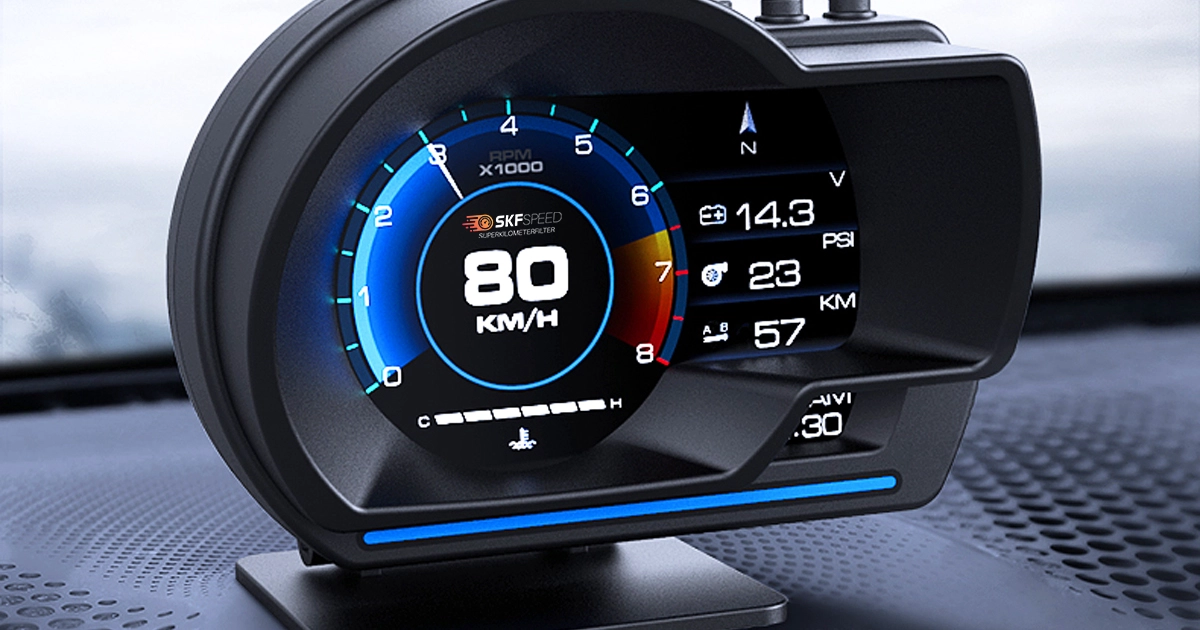
When it comes to how often to replace tires mileage, there’s no one-size-fits-all answer—but it’s something every car owner should know. Your tires are the only part of your automobile that actually touch the road, and their condition directly impacts your safety, handling, and even fuel efficiency. Think of them like the shoes your vehicle wears: the more you walk, run, or carry heavy loads, the faster they wear down.
Whether you’re driving a small city car through stop-and-go traffic or cruising the highway in a large SUV, tire wear happens over time—and understanding when to replace them can save you money, prevent accidents, and keep your driving experience smooth. In this guide, we’ll break down average mileage, real-life examples, and expert-backed statistics so you know exactly what’s best for your set of wheels.
Understanding how often to replace tires mileage depends on several factors. For most vehicles, tire lifespan averages around 12,000 to 15,000 miles per year of driving, but many auto experts say you might get up to 50,000 miles from a high-quality set. This huge range exists because vehicles, driving habits, and road conditions differ from one driver to another.
Car type matters—a compact city car might wear tires faster than a highway cruiser. Vehicle weight, alignment, and whether your set comes from the same manufacturing batch also influence longevity. Plus, how often you rotate and maintain them makes a huge difference.

The U.S. National Highway Traffic Safety Administration (NHTSA) reports that tire issues cause around 11,000 crashes annually, and many of those incidents come from worn-out tread rather than sudden blowouts. The Rubber Manufacturer’s Association states that most tires today last between 30,000 and 60,000 miles. That’s a broad range, but by understanding your habits and conditions, you can better predict your own average.
Let’s talk about how how often to replace tires mileage works in the real world. A good rule is to check your tread every 5,000 miles. At that point:
Example: Susan drives her compact hatchback 10,000 miles a year. She checks her tires every 5,000 miles and notices by 20,000 miles that her tread is almost worn out. At 25,000 miles, it’s below 2/32 of an inch, so she replaces them. Her average tire life is 25,000 miles, even though some drivers get 40,000, simply because she drives in stop-and-go city conditions.
There’s no universal number for how often to replace tires mileage because:
Example: Raj drives a mid-size SUV and often tows a trailer. Despite good maintenance, he replaces his tires every 30,000 miles. That’s lower than a highway commuter but higher than aggressive city drivers.
Mall cars in urban areas wear tires quickly because of sharp turns and frequent acceleration. SUVs and trucks wear faster due to heavier loads. Meanwhile, sedans driven mainly on highways can sometimes stretch tire life to 60,000 miles with proper care.
If you drive in winter conditions without switching to seasonal tires, you’ll wear them out faster. Winter tires are softer and grip better in snow, but they can lose tread in as little as 20,000 miles if used year-round.
Mileage rollback is the common practice nowadays that many people use to deceive buyers. The main purpose of such ideas is to pretend that their vehicle covered fewer miles. With such unethical actions, they can resell cars at higher prices. Unfortunately, manipulating odometers has become so widespread that it costs billions of dollars to customers. People have become more creative, and they are using diverse devices, software and hardware for malicious purposes.
With this reality, you should be very attentive to every detail when a seller reveals. You must check the car for external signs of damage, overuse, worn-out paddles, and also use Carfax for a detailed history check. Request all the official records of an automobile and never disregard any red flags. All this said, you know that you shouldn’t trust anyone with words. Make sure that you personally double-check every single aspect before making any decision.
Tire makers might advertise a “60,000-mile warranty,” but those numbers come from controlled tests with perfect alignment, smooth roads, and gentle driving. In the real world:
A Mileage blocker is a compact device that is attached to your vehicle. It stops the distance recording of your vehicle while driving. Therefore, now extra mileage will be recorded during your travels. The most interesting part is that the device prevents the ECU from storing any mileage-related data; therefore, it is completely untraceable.
The mileage blocker comes with installation instructions that make the whole process stress-free. And also, you will have your mobile app that allows you to control the device from your smartphone. Additionally, the mileage blocker has several modes and you can choose the one that suits you or switch between them later.
Remember that this device is made only for car testing and tuning reasons. It will help professionals to check your vehicle and its performance without recording extra mileage in the process. This device should be used by professionals only for testing reasons under a controlled environment.
You can now purchase the mileage blocker online through the SKF website. For any additional details, please visit the support section or contact our customer service department.
Knowing how often to replace tires mileage helps you drive safer, save money, and avoid unexpected breakdowns. Monitor tread depth every 5,000 miles, replace tires based on wear or age, and keep up with proper maintenance. Be cautious of mileage fraud, and only trust reliable data when buying a vehicle. With the right care and awareness, your tires—and your car—will perform better and last longer.








Here you will find all the details about our company
Here you will find shipping and return related information
Here you will find information on all technical questions
Here you will find helpful information about installation